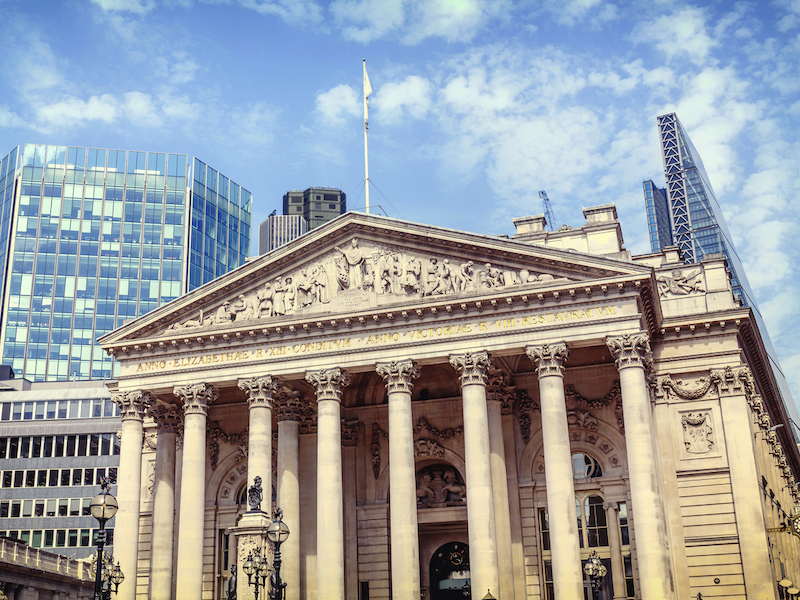
Inflation in the U.K. has fallen by more than anticipated to a 15-month low, official figures showed Wednesday, a development that offered struggling households hope that interest rates won’t rise as much as feared over the coming months.
The Office for National Statistics said that inflation, as measured by the consumer prices index, fell to 7.9% in the year to June from 8.7% the previous month. Most economists had expected a more modest decline to 8.2%.
The statistics agency said fuel prices were the biggest driver behind the drop, while food price inflation also pared back, though remained historically high.
Despite the decline, inflation is still running far higher than the Bank of England’s target rate of 2%. As a result, the central bank is expected to raise its main interest rate further at its upcoming meeting in early August.
Although Dave Ramsden, deputy governor at the Bank of England, said inflation is still “much too high,” analysts said the bigger-than-expected fall may mean the bank only raises the main interest rate by a quarter of a percentage to 5.25% rather than a half-point.
Financial markets now think the peak will be below 6%, evident in the 1.1% decline in the British pound to $1.29 — a lower potential return puts downward pressure on a currency.
“The positive surprise to headline inflation in June takes significant pressure off the bank to go big again,” said Kallum Pickering, senior economist at Berenberg Bank.
That may provide homeowners who are looking to get a new mortgage deal some comfort, if the sharp upward pressure on mortgage rates starts to decline. Unlike in the U.S., most homeowners lock in mortgage deals for only a few years, so they face the prospect of higher borrowing costs if interest rates ratchet up sharply, as they have in the U.K.
The Bank of England, like other central banks around the world, has been raising interest rates over the past 18 months or so, firstly as a result of supply chain problems linked to the coronavirus pandemic and then by Russia’s invasion of Ukraine, which led to a sharp rise in energy and food prices in particular.
However, inflation in the U.K. has proved stickier than in other wealthy nations within the Group of Seven for a number of reasons.
Many economists blame Britain’s departure from the European Union as one reason for impeded trade. Others blame the Bank of England for being too slow in raising interest rates, which help dampen down inflation by making it more expensive for consumers and businesses to borrow.
“The U.K. still has one of the highest inflation rates of any advanced economy, but after today it merely looks bad rather than a basket case,” said James Smith, research director at the Resolution Foundation.
Though inflation is clearly heading down from its double-digit peak in late 2022, it is still a long way from the U.K. government’s target to halve inflation to around 5% by the end of the year.
“Inflation is falling and stands at its lowest level since last March, but we aren’t complacent and know that high prices are still a huge worry for families and businesses,” Treasury chief, Jeremy Hunt, said after the figures were released.